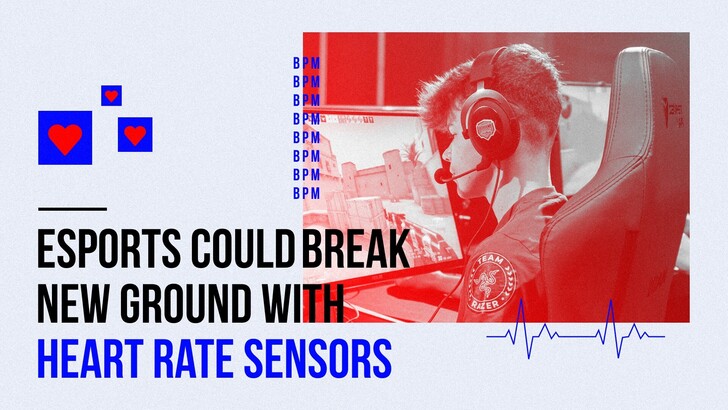Esports is rapidly taking root as the new entertainment industry powerhouse. According to Newzoo, in the year 2024, the esports audience will reach 557 million people worldwide. Esports has turned into a medium for living remarkable experiences created through cutting-edge technologies.
When in 2020 the global situation forced us to temporarily set aside traditional sports events, esports saw a fresh impetus to its development. The most successful companies go the extra mile for their communities, striving to excite viewers using innovative ideas. WePlay Holding, for example, competes for audience through merging and combining concepts and technologies such as augmented reality, robotics, etc.
It may well encompass various disciplines, international tournaments, and a staggering amount of fans, but many have yet to accept esports events as equal to professional sports. There’s still a deep-rooted opinion treating esports as a special kind of entertainment and esports athletes as just gamers overdoing it.
The WePlay Academy League has proven that an esports competition can be both exhilarating and achievement-oriented at the same time. The organizers implemented a solution to display the player’s heart rate during the tournament.
Where did the idea of using heart rate sensors come from?
The tournament implemented a solution to display the young players’ heart rate throughout the live matches. To be perfectly honest, using heart rate systems isn’t a brand-new idea in the sports world. Prominent football clubs have been training with sensors that measure BPM and other vital signs, such as the Viper Pod, for years. This approach allows coaches to assess the players’ actual workload, get details on their performance, help them cope with stress, etc. so that any coaches’ decision is based on factual data rather than guesswork.
The data obtained during the WePlay Academy League opened viewers’ eyes to the strain the participants experience, especially during clutch moments. Turns out that their heart rate may go up as high as 160 BPM. However, these results can’t be attributed to physical activity alone. They are mostly a response to mental stress. To give you something to compare it with, a basketball player’s average heart rate during peak intensity moments is 165 BPM, according to a Chron article by John Shea. This is a strong argument in favor of esports being equated with traditional sports. Stress, tension, a will to win are all integral parts of both esports and sports.
Is there a future for heart rate sensors in esports?
In esports, heart rate sensors can be used in the same way as in sports. Each player is susceptible to a particular set of stressors that can become an obstacle on their path to victory. Someone worries more when fragged and forced to just watch on as their teammates continue fighting. The heart rate of another increases dramatically when they have to face several adversaries alone. There are those whose heart rate doesn’t drop below 130 BPM during the entire series. These details may help coaches better understand what stage of the game is the most difficult for players. Each player can seize the opportunity to work on their weaknesses and enhance the team’s overall performance.
Studies can help dive deeper into the psychology of competition and compare different disciplines based on actual data. Plus, as the WePlay Academy League experiment showed, heart rate sensors pique the fans’ interest, and following a favorite player’s experience as they go through the competition trying to win might just make the audience take video games more seriously.
The second season of the CS:GO tournament with a total prize pool of $100,000 kicked off on September 28, 2021. Watch the WePlay Academy League Season 2 on the Twitch channel, YouTube, and Smart TV app. The Playoff LAN event is to take place on November 12–14.
Company Name: WePlay Holding
Email Address: [email protected]
City Name: Kyiv
Country Name: Ukraine
Source: Story.KISSPR.com
Release ID: 45865

